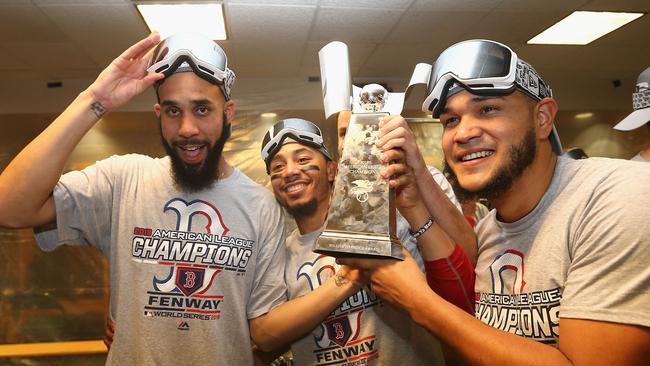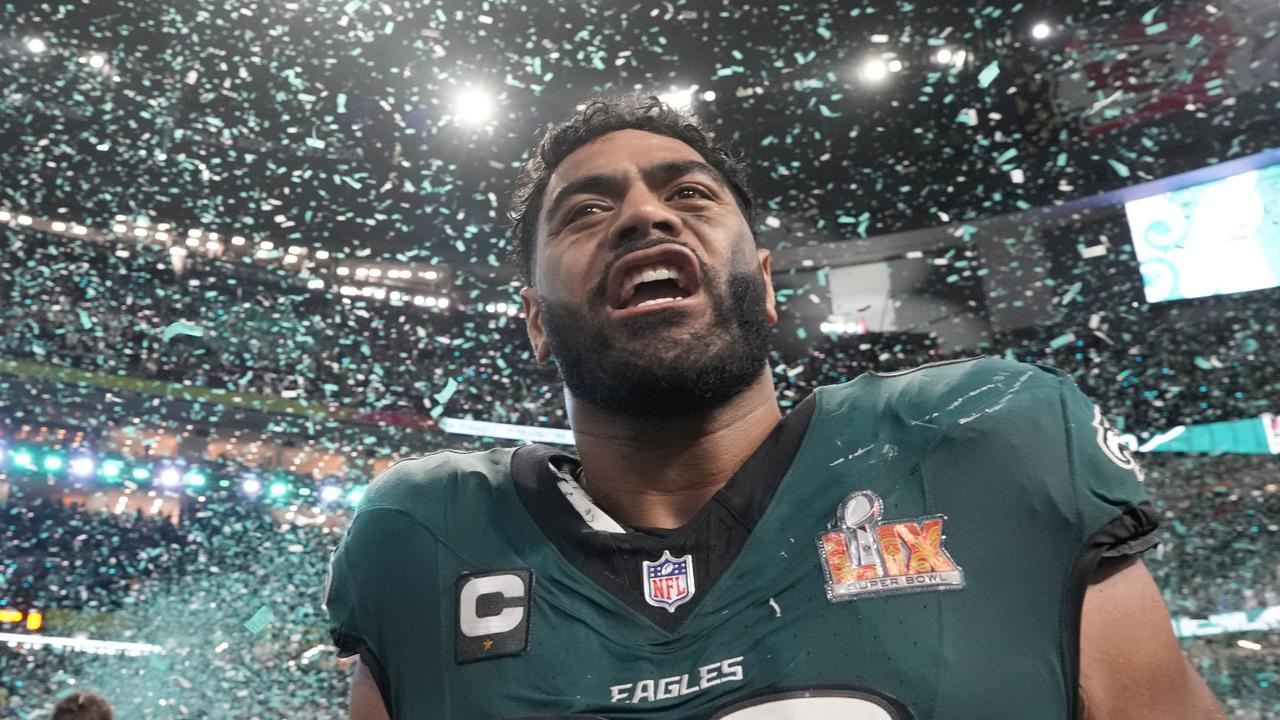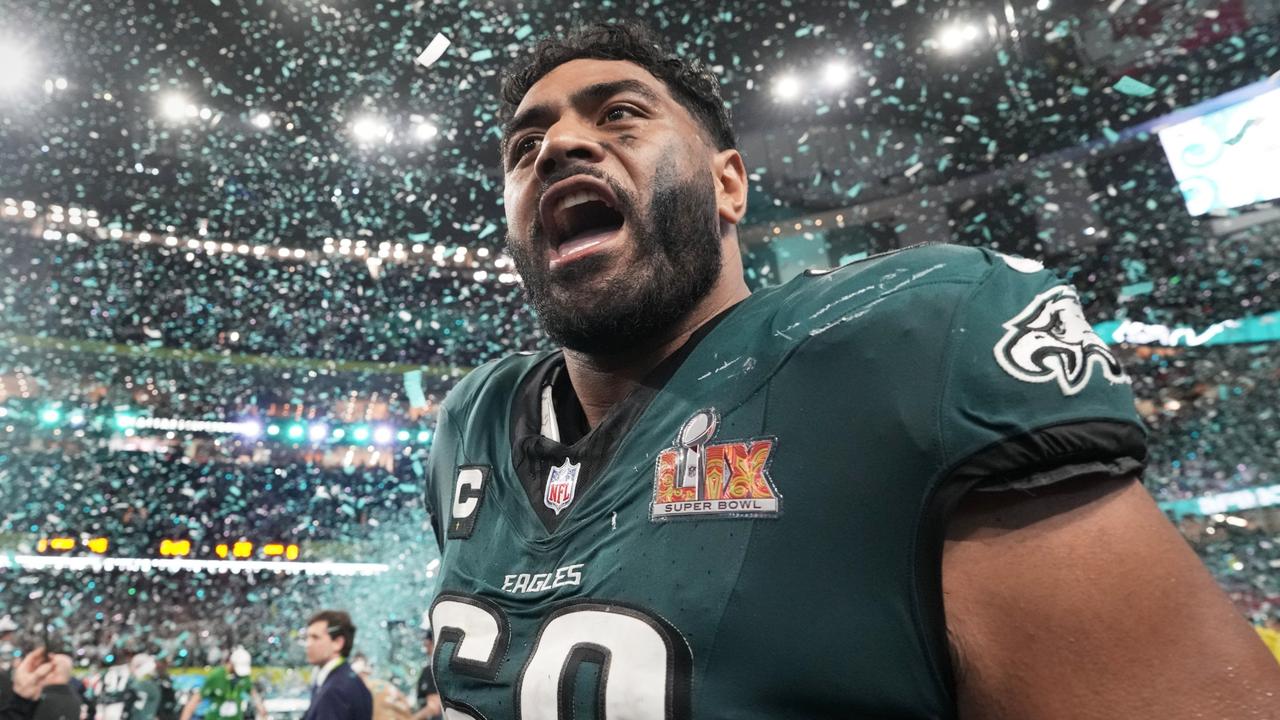Study shows long-term heart damage to athletes is rare
US sports leagues initially feared that testing positive for Covid would lead to heart damage. The first comprehensive study suggests that is rare

The scary question that US professional sports leagues faced as they returned to play over the past year was how prevalent heart damage would be among players who tested positive for COVID-19. Unlike in Australia, where COVID cases among athletes were rare, hundreds of US sports stars tested positive.
They now have an encouraging answer: Long-term heart damage is rare.
A new study on the topic in medical journal JAMA Cardiology is based on the screening of 789 professional athletes who tested positive for COVID-19 between May and October in Major League Baseball, Major League Soccer, the National Hockey League, National Football League, and the men’s and women’s National Basketball Association.
The paper shows that 0.6 per cent of those athletes ultimately had findings suggestive of inflammatory heart disease. Five athletes were held out of competition because of their cardiac results. Three had myocarditis, which is heart inflammation, and two had pericarditis, which is swelling of the tissue that surrounds the heart. All had had moderate cases of COVID.
The findings suggest that long-term heart complications in non-severe COVID cases are unlikely — and that sports leagues are still likely to continue with cardiac screenings during the pandemic.
“There was a lot of fear over the spring and summer over myocarditis in athletes,” said Dr. David Engel, an associate professor of medicine at Columbia University Irving Medical Centre and one of the paper’s authors. “It helps to answer a lot of the uncertainty that was circulating around the medical community about the prevalence of myocarditis for athletes or general population for people who had asymptomatic or mild forms of COVID.”
That initial fear in the early days of the pandemic was based primarily on images coming from hospitalised patients. Researchers suspected their hearts might look different from those of the many people who recovered from the virus at home. But they had no way of knowing for sure.
It was a difficult problem to clinically analyse because the various forms of heart screenings required to study this phenomenon can be both expensive and taxing on healthcare systems. The professional sports leagues, with tens of billions of dollars on the line, helped provide the solution.
They didn’t just test athletes for COVID-19. They also tested their hearts.
The study’s conclusion is that screenings — troponin blood tests, electrocardiograms and resting echocardiograms — are effective if costly tools to intercept rare possibilities that could carry a terrible price. Five professional athletes having cardiac incidents on courts, fields and rinks would have been a catastrophe. Instead, those five athletes were asked to sit out for months after their screenings detected potential health issues.
No athletes in the study were identified, but some have identified themselves as sitting out for heart-related issues. Boston Red Sox pitcher Eduardo Rodriguez, for example, missed the 2020 season and has said a screening showed he had myocarditis.
“The messages of the study are that safe return to sport is possible on an organisational level if systematic and careful screening is performed,” said Dr Engel, who has worked with the NBA on cardiac screenings for years.
The prevalence answer comes after cardiologists have reassured the rest of the population that, in general, they do not need to fear hidden inflammation when returning to exercise after asymptomatic, mild or even moderate cases of the virus.
This is because recreational athletes typically don’t exert themselves under the same pressure as professionals, and more reliably respond to warning signs such as difficulty breathing, dizziness or feeling faint, said Christopher Newton-Cheh, a cardiologist at Massachusetts General Hospital.
“Professional athletes are more vulnerable because they have a lot of incentives to really push themselves,” said Dr Newton-Cheh. “I think they require a bit more guidance and caution … they’re more likely to be redlining it than a recreational athlete.”
He advises that weekend warriors who weren’t hospitalised for the virus can return to exercise once 10 days have passed and COVID symptoms are gone, with the possible exception of loss of taste or smell — as long as they are able to go slowly, ramp up, recognise that they will not immediately be back to their pre-COVID condition, and follow up on what they find.
People who are struggling to perform normal activities, or had a moderately severe case and are over 65 or have a history of cardiovascular disease, should have screenings before returning to exercise, Dr Newton-Cheh said.
Dr Engel said that for people who experience significant symptoms, such as shortness of breath or chest pains, screenings are “absolutely necessary”.
Wall Street Journal


